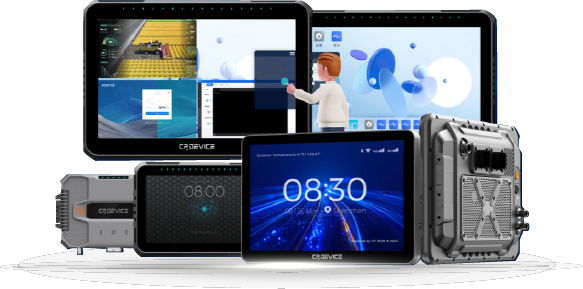In traditional mining operations, transportation expenses often account for a large portion of the total mining cost. Ensuring safe and efficient transportation has always been a significant challenge in the industry, and the harsh working environment makes manual operation prone to issues such as misoperation and fatigue driving. These problems not only reduce work efficiency but also increase the risk of accidents, and the frequent contact of mining vehicles with ores leads to higher vehicle wear and maintenance costs.
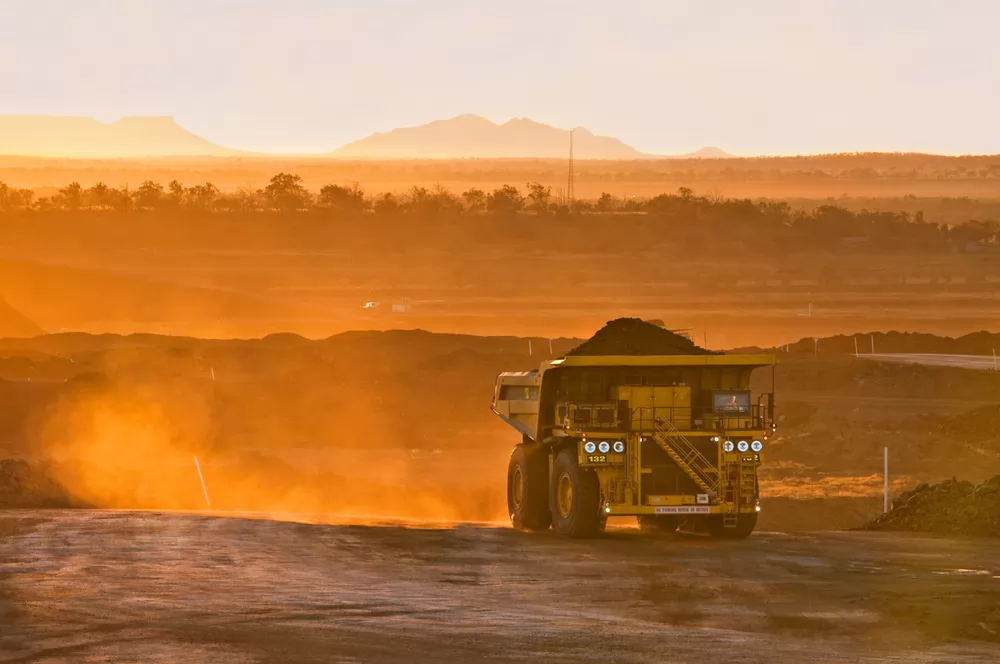
With the increasing emphasis on efficiency and safety in the industry, unmanned autonomous driving technology in mining areas has become a vital component of recent smart mine construction efforts. This technology has been gaining significant attention in recent years, and CPDEVICE's smart vehicle hardware has emerged as a noteworthy player in the market, thanks to its excellent product performance and reliable quality. CPDEVICE's hardware has already been successfully integrated into China's leading smart mine solution service provider, contributing to the development of the smart mining industry.
Unmanned autonomous driving technology in mining areas relies on artificial intelligence and computer algorithms. Various sensors, laser radars, cameras, and other equipment quickly gather information on the surrounding environment and transmit it to CPDEVICE's intelligent hardware through high-speed CANbus. The high-precision GNSS positioning module embedded in the hardware obtains the vehicle's precise location information, which, when combined with the gathered data, enables autonomous decision-making and control of the vehicle. This includes path planning, obstacle avoidance, and vehicle speed control, ultimately resulting in autonomous driving.
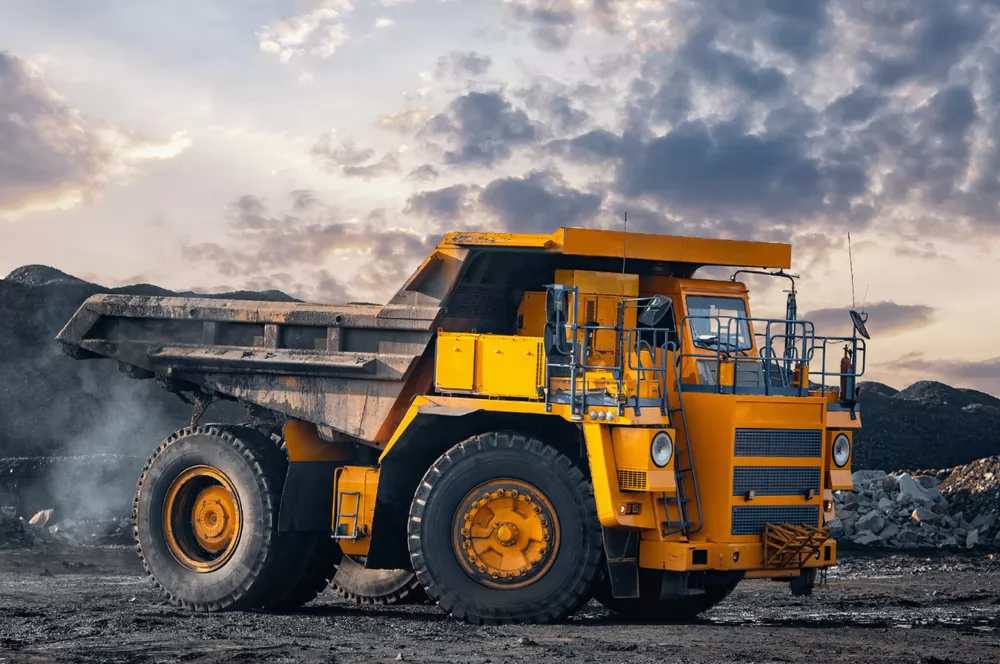
Additionally, the gathered data can be uploaded to the cloud for monitoring and recording of the vehicle's operating status and related data. This facilitates subsequent data analysis and scheduling decisions, greatly improving mining area production efficiency and safety while reducing labor costs and the risk of accidents.
CPDEVICE's vehicle-mounted intelligent hardware is designed to meet the challenges of the harsh mining environment, with robust, high-performance solutions and reliable and stable quality. The hardware features a powerful CPU processor with up to 1T computing power, supporting 0.8TNPU, providing powerful data calculation and processing capabilities. The hardware also has an excellent CAN bus capability, supporting 250K/500K CAN and up to 8M CAN FD bus, which can seamlessly connect to the truck system, meet various data transmission requirements, and support multi-channel HD video transmission. In addition, the hardware supports centimeter-level high-precision positioning, providing real-time monitoring of device location information.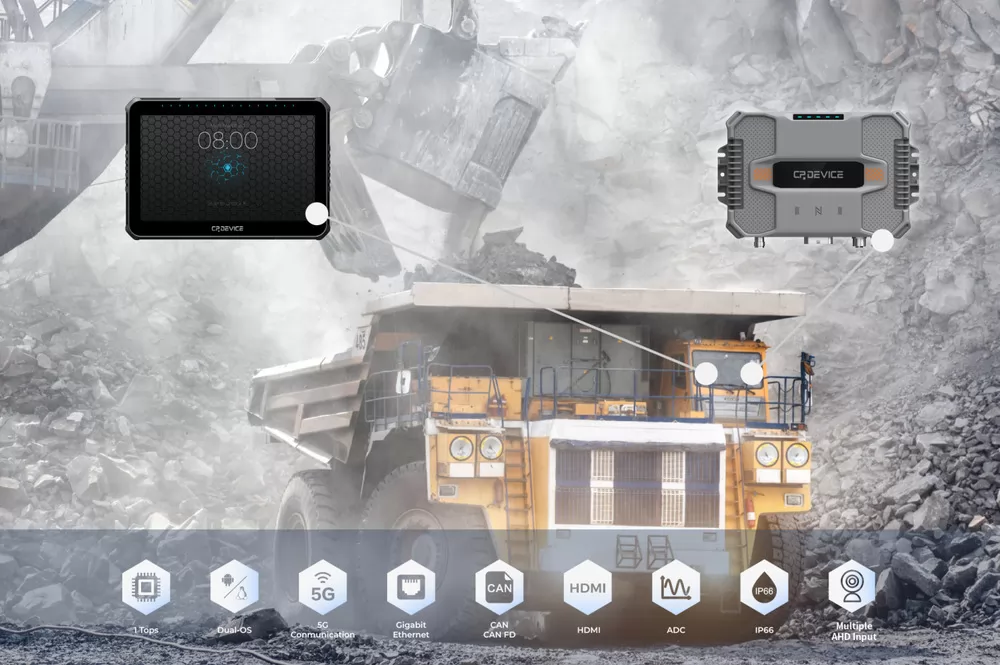 CPDEVICE's hardware also features a powerful 4G/5G communication capability, ensuring constant signal in remote areas, with communication speed in urban areas no less than that of consumer products. The hardware supports Android 9.0/11.0 and Linux 5.10 operating systems and has excellent platform secondary development capabilities, making software development quick and easy for customers. The hardware is also adapted to the CPDEVICE MDM remote management and control platform, featuring excellent remote control and management capabilities. Furthermore, the hardware supports analog 0-5V detection and provides technical support for vehicle control.
CPDEVICE's hardware also features a powerful 4G/5G communication capability, ensuring constant signal in remote areas, with communication speed in urban areas no less than that of consumer products. The hardware supports Android 9.0/11.0 and Linux 5.10 operating systems and has excellent platform secondary development capabilities, making software development quick and easy for customers. The hardware is also adapted to the CPDEVICE MDM remote management and control platform, featuring excellent remote control and management capabilities. Furthermore, the hardware supports analog 0-5V detection and provides technical support for vehicle control.
Looking ahead, the potential for the development of unmanned driving technology in smart mines and mining areas is still significant. CPDEVICE is committed to investing in related product research and development and technological innovation, continuously meeting the needs of customers and the market. By collaborating with industry partners, CPDEVICE aims to drive the advancement of the mining industry toward smart mines, improving production efficiency, reducing labor costs, and enhancing safety while helping to reduce the risk of accidents.


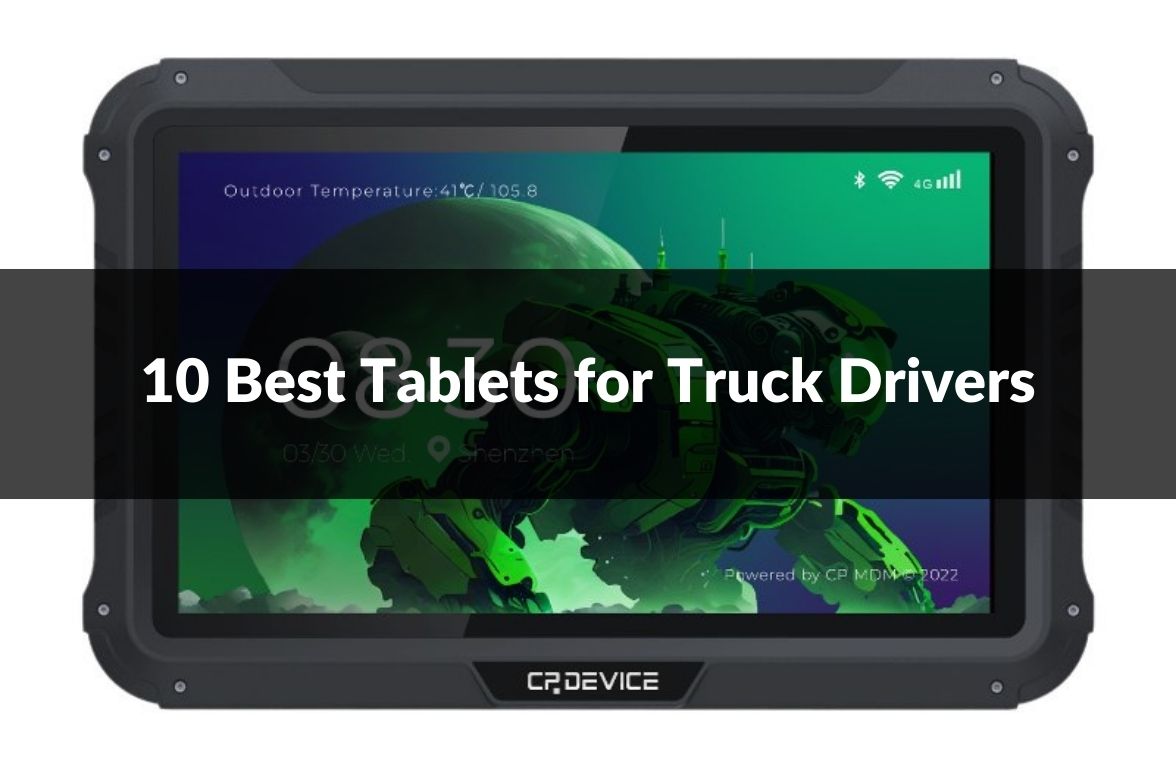
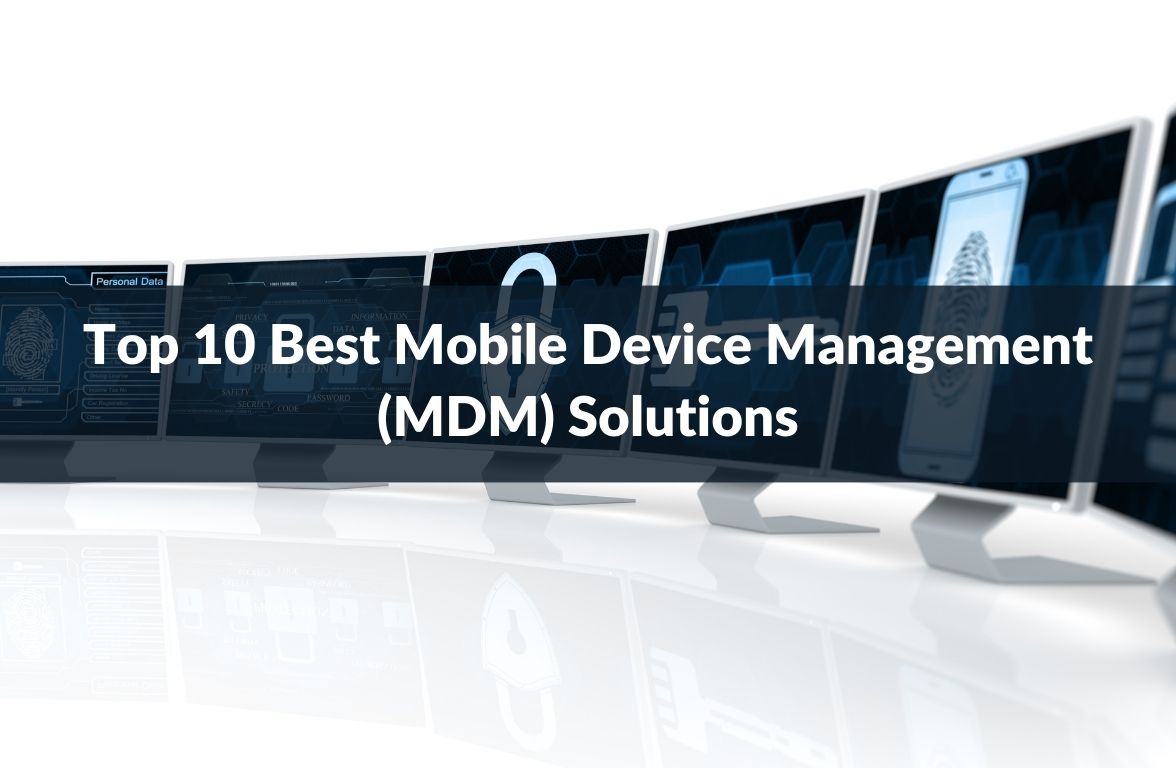
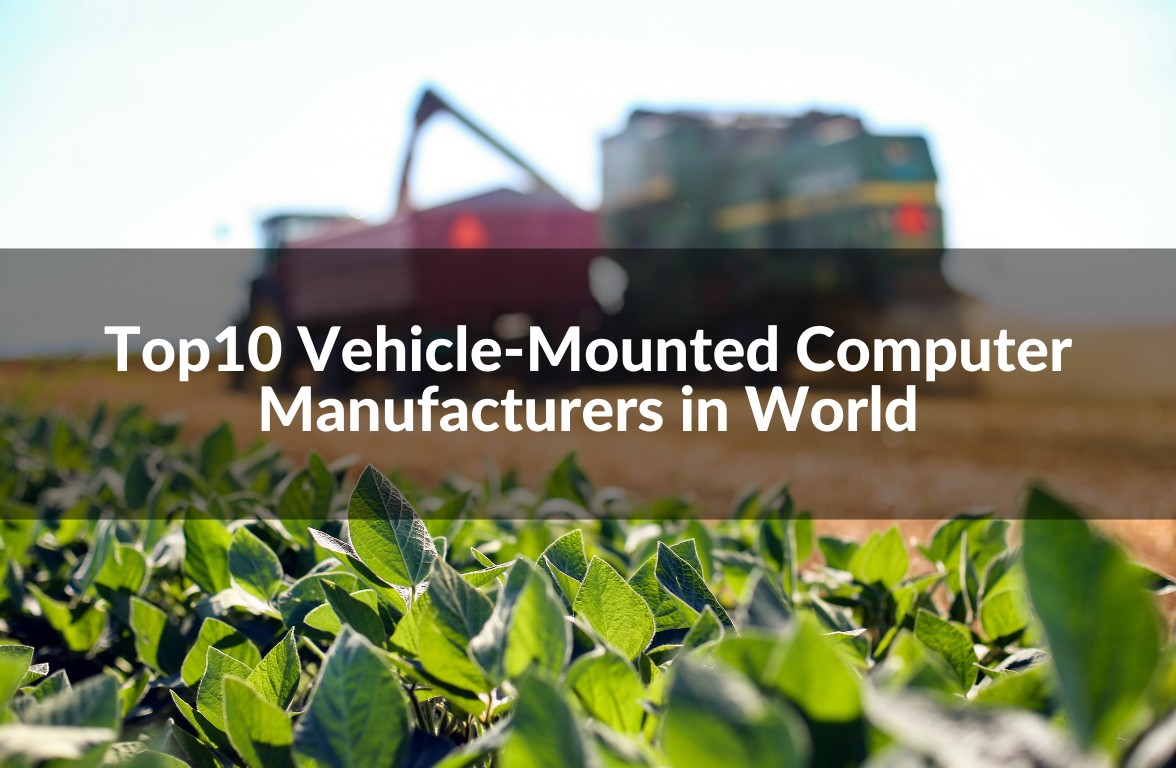


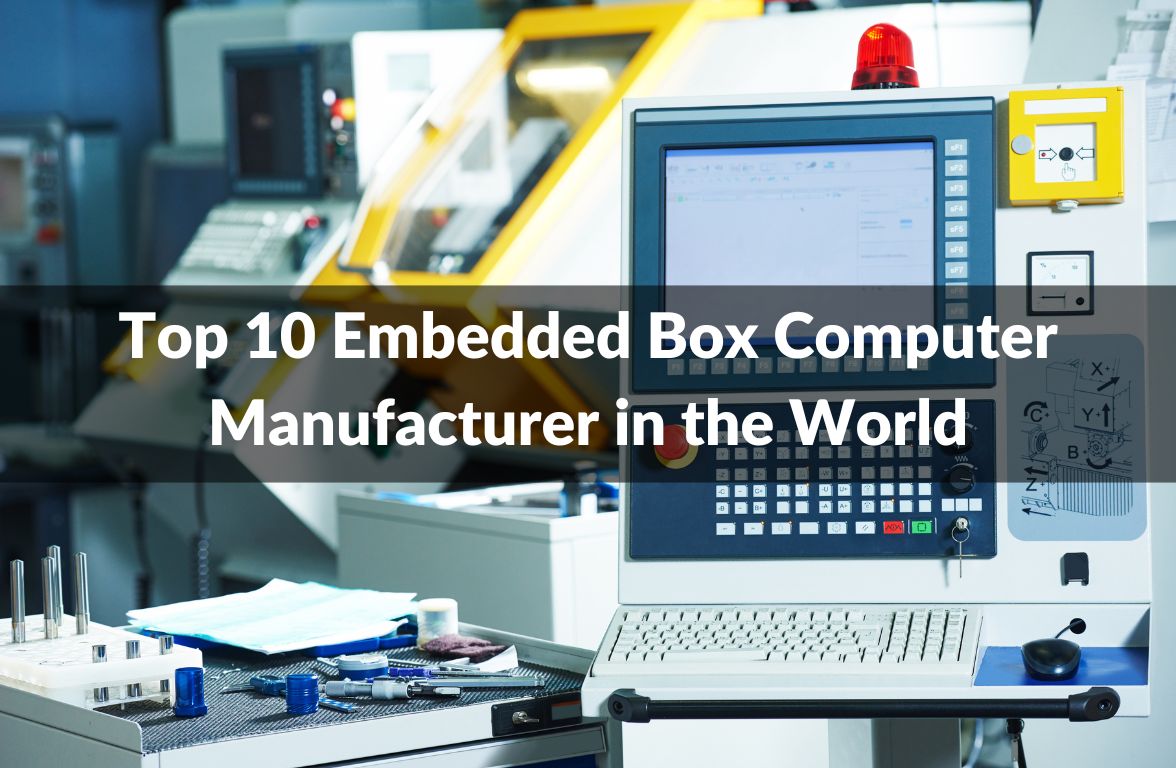


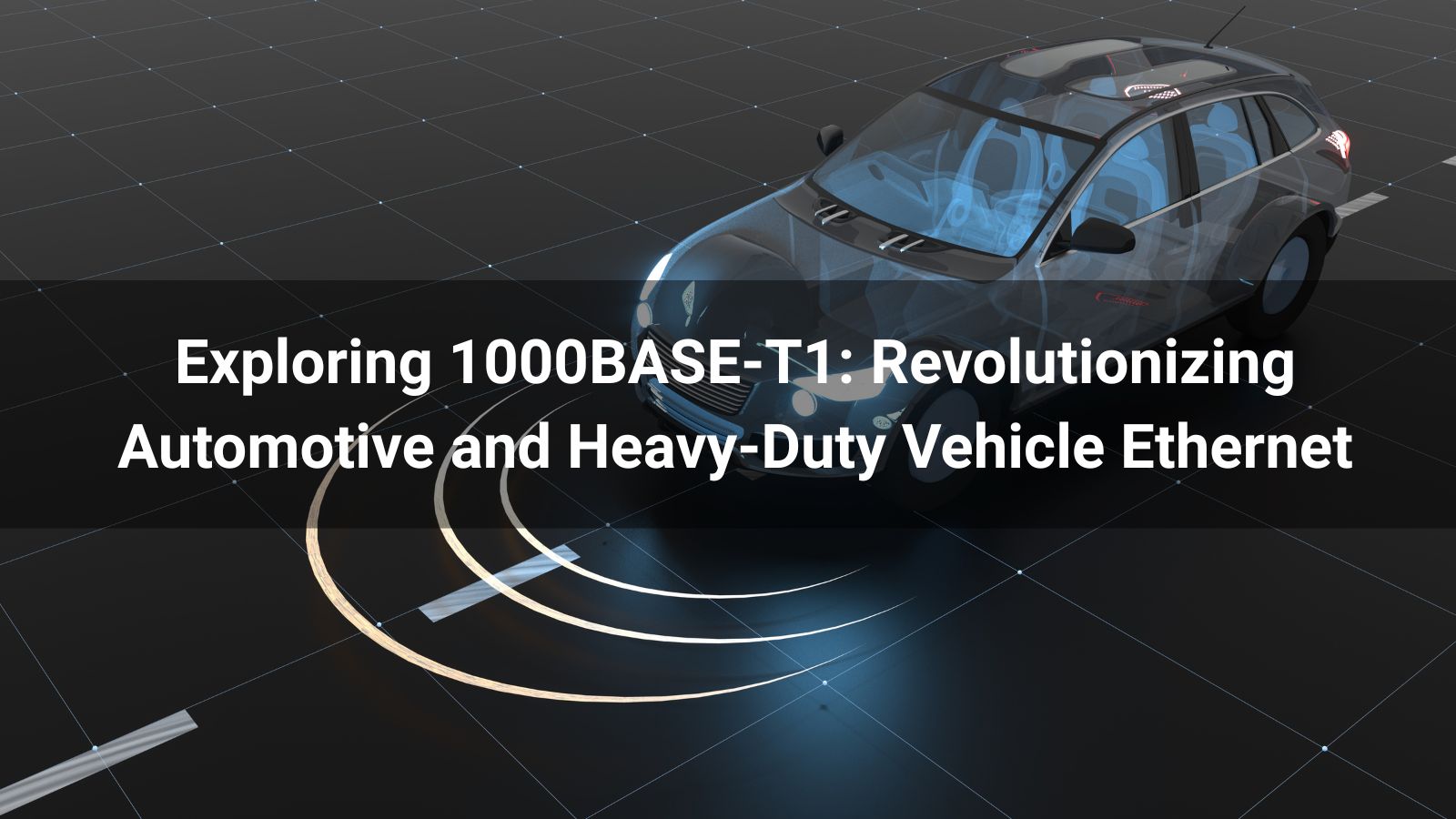

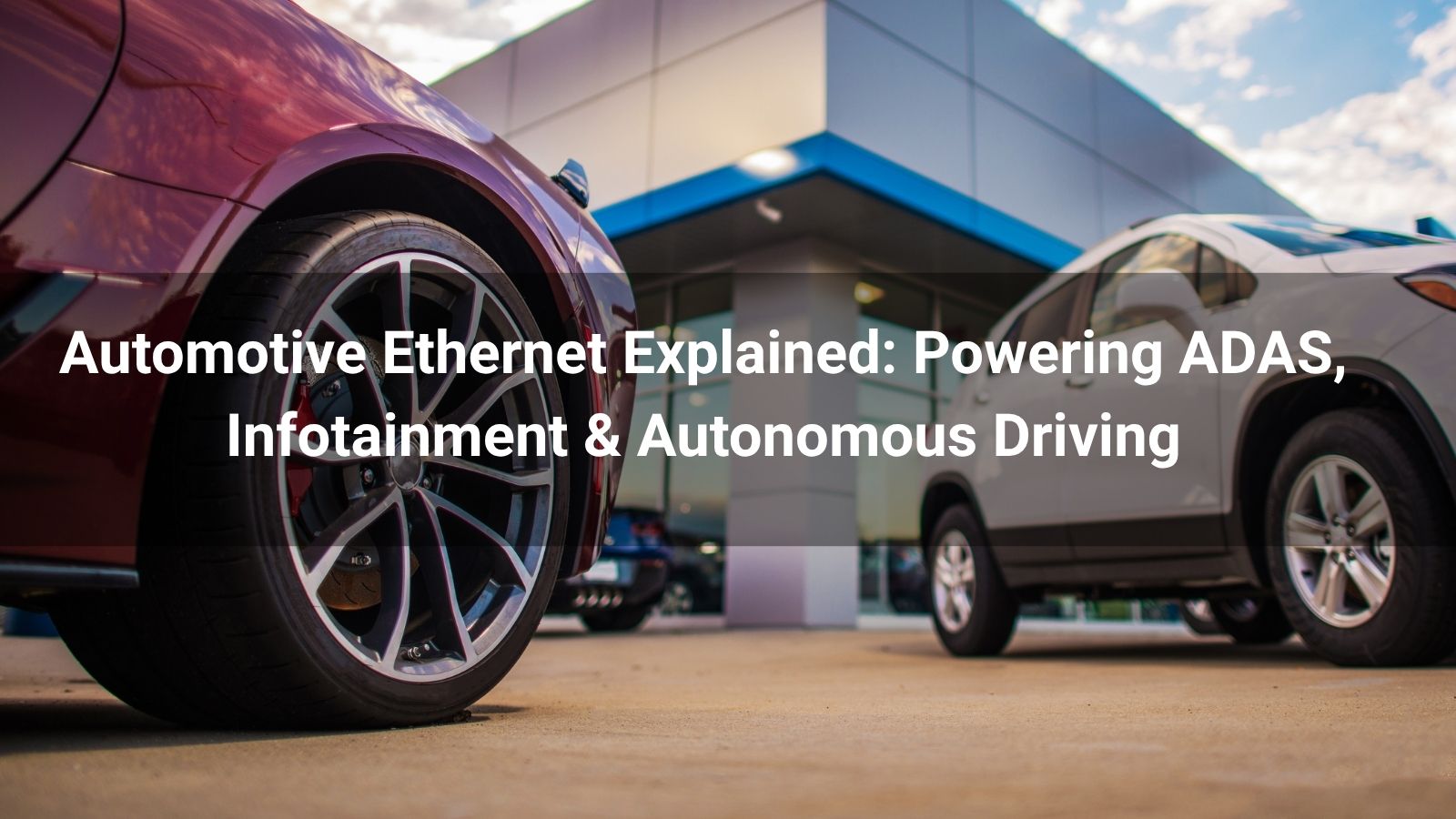

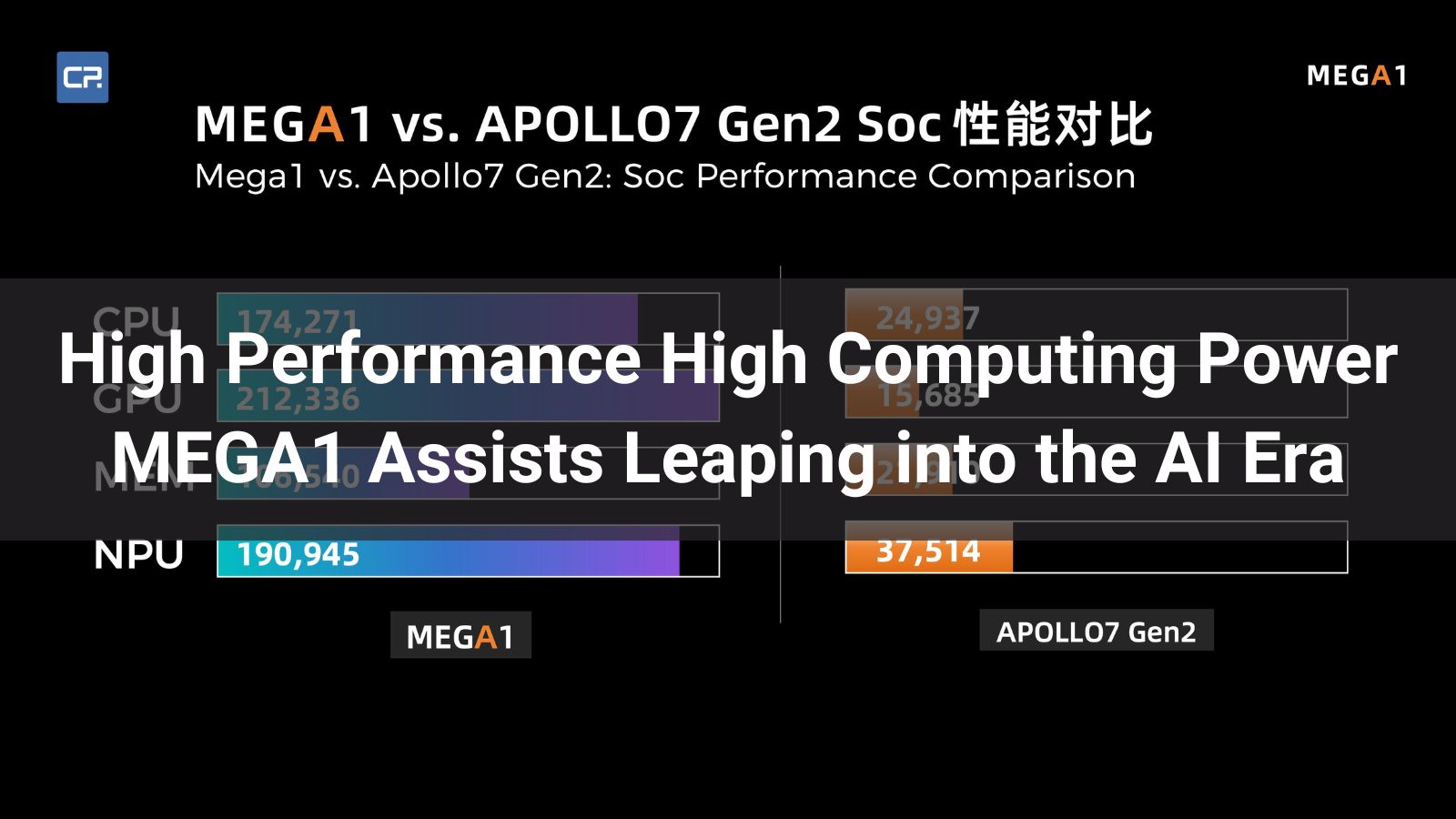

*We respect your confidentiality and all information are protected.

Whether you are looking for a rugged device that can handle extreme cold or heat, a compact device that can fit in tight spaces, or a versatile device that can support multiple applications and accessories, you will find the right solution among these top 10 vehicle mounted computer manufacturers.

These specialized devices are essential for vehicle diagnostics, ADAS testing, in-vehicle networking, and industrial applications in harsh environments like mining, construction, and fleet management, where high-speed, reliable single-pair Ethernet connectivity outperforms traditional CAN bus systems.

Whether you're in construction, outdoor adventures, or the defense sector, understanding how to choose the right rugged tablet is crucial. Dive into our comprehensive guide to explore the rise, features, and benefits of these robust devices.
